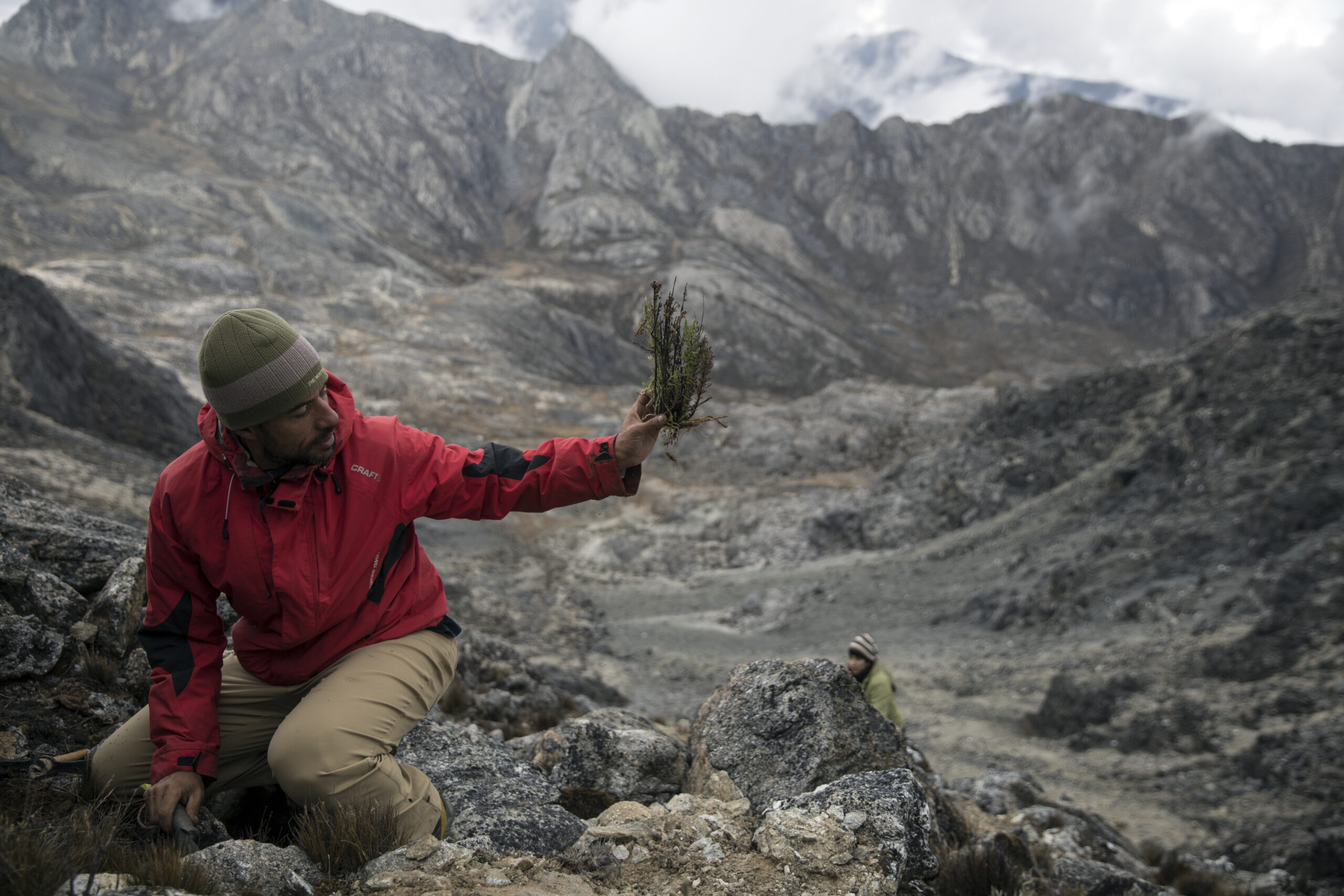The Associated Press will roll out a series of in-depth, multimedia stories beginning Sept. 17 that will chronicle 12 examples of intense efforts being waged around the world to save or revive ecosystems, reversing some of humankind’s most destructive past actions and preserving vital natural habitats on Earth.
“What Can Be Saved?” is a visually-led series about the ordinary people and scientists who against enormous odds are restoring landscapes and species in a world affected by human activity and climate change.

“Reporting on the environment is a fundamental responsibility of today’s newsrooms,” said AP Deputy Managing Editor Sarah Nordgren. “Through this project, AP looks deeply at how people are trying to preserve ecosystems across our planet, sometimes successfully, sometimes with mixed results. ‘What Can Be Saved?’ opens a window of possibility on a subject that so often carries only bad news.”
The first installment, which will be published on Tuesday, Sept. 17, will examine coral reefs under stress around the world and how a dedicated effort in Jamaica brought them back from the brink.
Future installments of “What Can Be Saved?” will explore efforts to save the lion population in Tanzania under threat from human encroachment, researchers working to restore forests in the Amazon and Appalachia damaged by mining, and uncomfortable choices that sometimes have to be made to save a species from extinction, among other topics.
The series will unfold in photos, videos, text, animations, graphics and minidocumentaries over the next 12 weeks. Text and video will also be available in Spanish.
“What Can Be Saved?” is produced in collaboration with the Howard Hughes Medical Institute’s Department of Science Education. AP retains all editorial control.
About AP
The Associated Press is the essential global news network, delivering fast, unbiased news from every corner of the world to all media platforms and formats. Founded in 1846, AP today is the most trusted source of independent news and information. On any given day, more than half the world’s population sees news from AP. On the web: www.ap.org
About the Howard Hughes Medical Institute (HHMI) Department of Science Education
HHMI is the leading private nonprofit supporter of scientific research and science education in the United States. The Department of Science Education’s HHMI BioInteractive division produces and provides free educational media to educators and millions of students around the globe, its HHMI Tangled Bank Studios unit creates powerful stories of scientific discovery for television and big screens, and its grants program aims to transform science education in universities and colleges. For more information, visit www.hhmi.org.
Contact
Lauren Easton
Director of Media Relations
The Associated Press
212-621-7005
leaston@ap.org
Patrick Maks
Senior Communications Associate
The Associated Press
212-621-7536
pmaks@ap.org

